The Great Outdoors: Camping Safety During A Hurricane
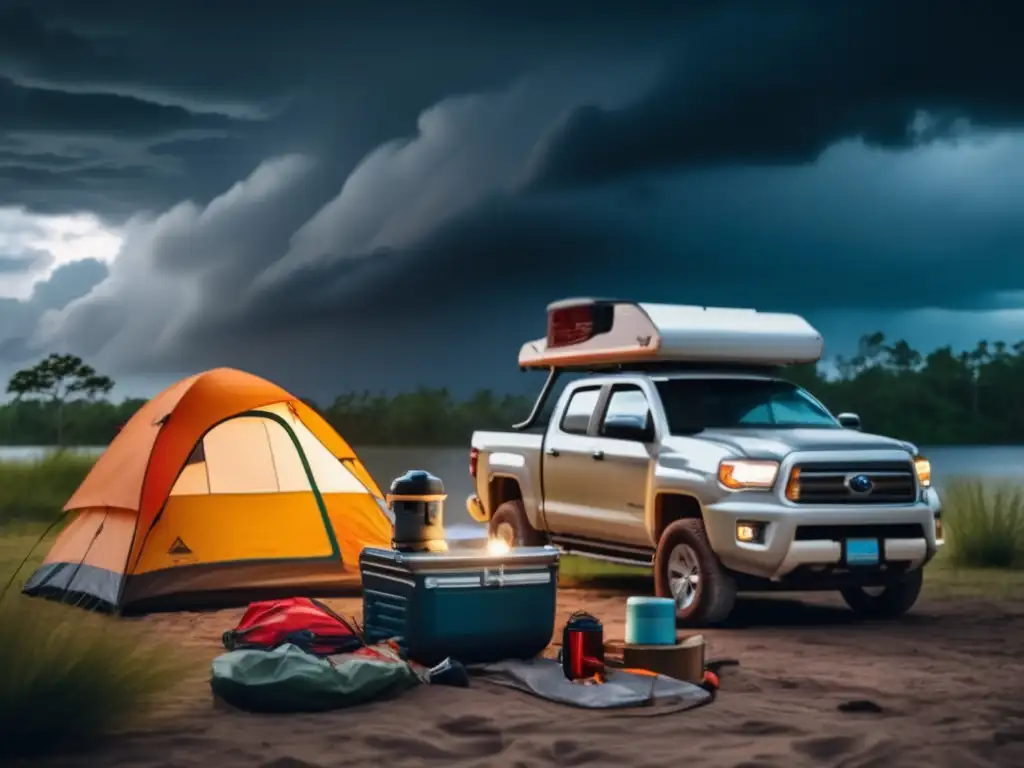
The Great Outdoors: Camping Safety During a Hurricane
Introduction
Camping during a hurricane can be a thrilling experience, but it does come with significant risks. Every year, hurricanes cause extensive damage along the coasts of the United States, leaving many campers stranded and in danger. It's essential to understand the potential hazards and take the necessary precautions to ensure your safety and those around you.
Understanding Hurricanes

What is a Hurricane?
A hurricane is a tropical storm with winds exceeding 74 mph. These storms are typically over water and exist in areas with warm ocean temperatures, high humidity, and low wind shear. They form over the Atlantic Ocean, Caribbean Sea, Gulf of Mexico, and the eastern Pacific Ocean.
How do Hurricanes Form?
Hurricanes begin as tropical disturbances, which are areas of thunderstorms with low pressure. If these disturbances move over warm water, they can develop into tropical depressions, which have higher wind speeds and more organized circulation. Over time, these depressions can become tropical storms, with sustained winds exceeding 39 mph. Finally, if the conditions are right, these storms can intensify into hurricanes.
Categories of Hurricanes
Based on the Saffir-Simpson Hurricane Wind Scale, hurricanes are categorized into five categories based on their wind speed. Category 1 hurricanes have sustained winds of 74-95 mph, while category 5 hurricanes have sustained winds of over 157 mph.
Planning for Camping During a Hurricane
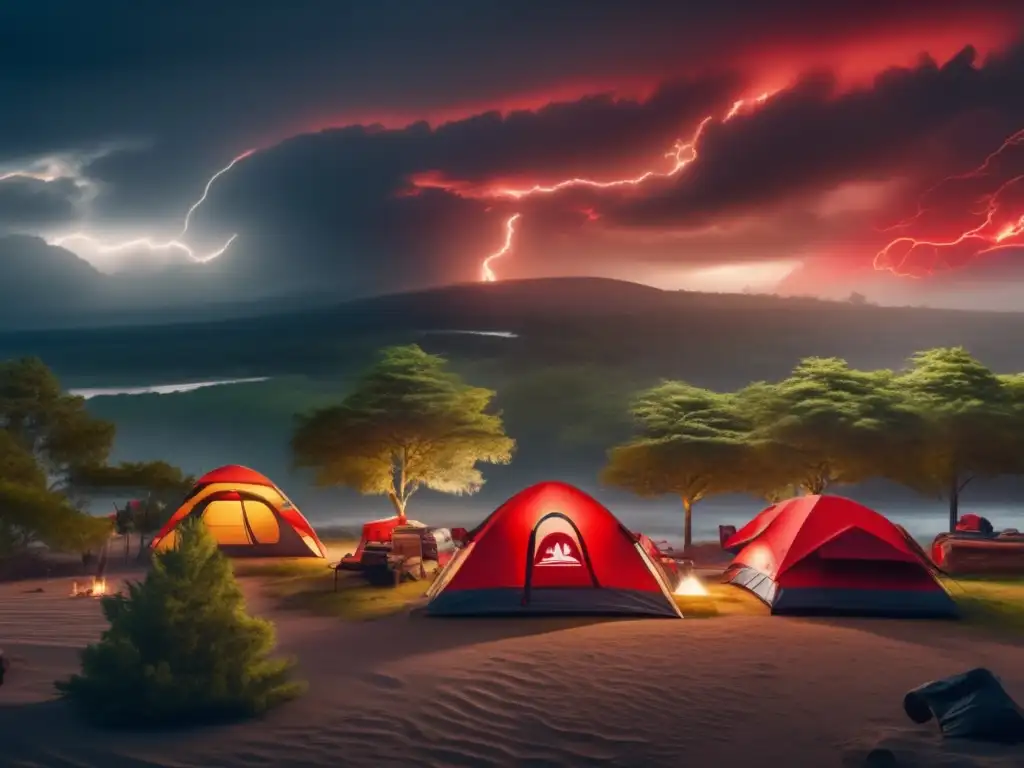
Campsite Location
The location of a campsite is crucial when planning for a hurricane. Campers should avoid areas prone to flooding, such as near rivers, ponds, lakes, or low-lying areas. Additionally, campers should also avoid setting camp under trees or near buildings that could cause harm if impacted by high winds.
Emergency Supplies
It's essential to pack emergency supplies when planning for a camping trip during a hurricane. These supplies should include water, food, batteries, medical supplies, flashlights, and a first aid kit. Additionally, campers should have an evacuation plan in case of an emergency.
Campsite Preparation
Campers must secure their campsites before the onset of a hurricane. Secure all loose items, such as tents, chairs, or coolers, and stow them away safely. Campers should also tie down tarps and any loose ropes.
Safety During a Hurricane
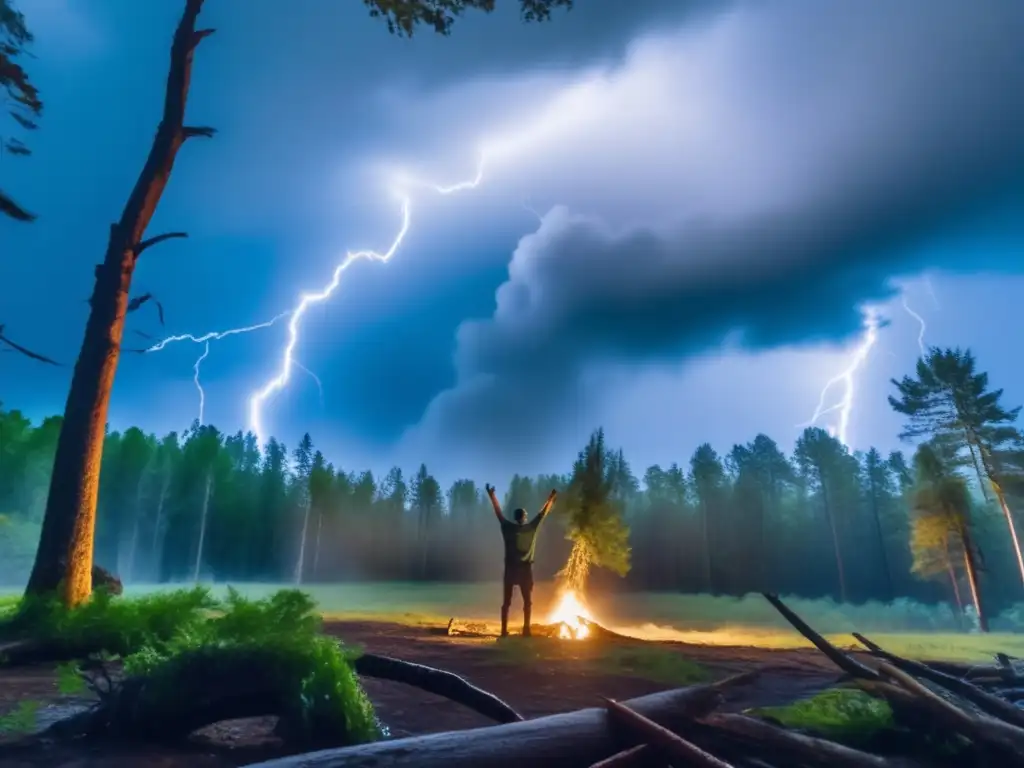
Stay Informed
It's crucial to stay informed during a hurricane. Use a NOAA Weather Radio or other weather apps on your phone to keep track of the storm's path and any updates or warnings issued by authorities. If you have access to television or the internet, monitor the news for updates and guidance.
Evacuation
If local authorities issue evacuation orders, it's vital to follow them immediately, leaving the campsite and heading to a safe location. Don't hesitate or take unnecessary risks; it's better to err on the side of caution in these situations.
Stay Put
If you are unable to evacuate, it's essential to stay put and find shelter. Move to the lowest level of a sturdy building or interior room away from windows and doors. Bring necessary supplies with you and stay informed about the storm's progress.
Post-Hurricane Recovery
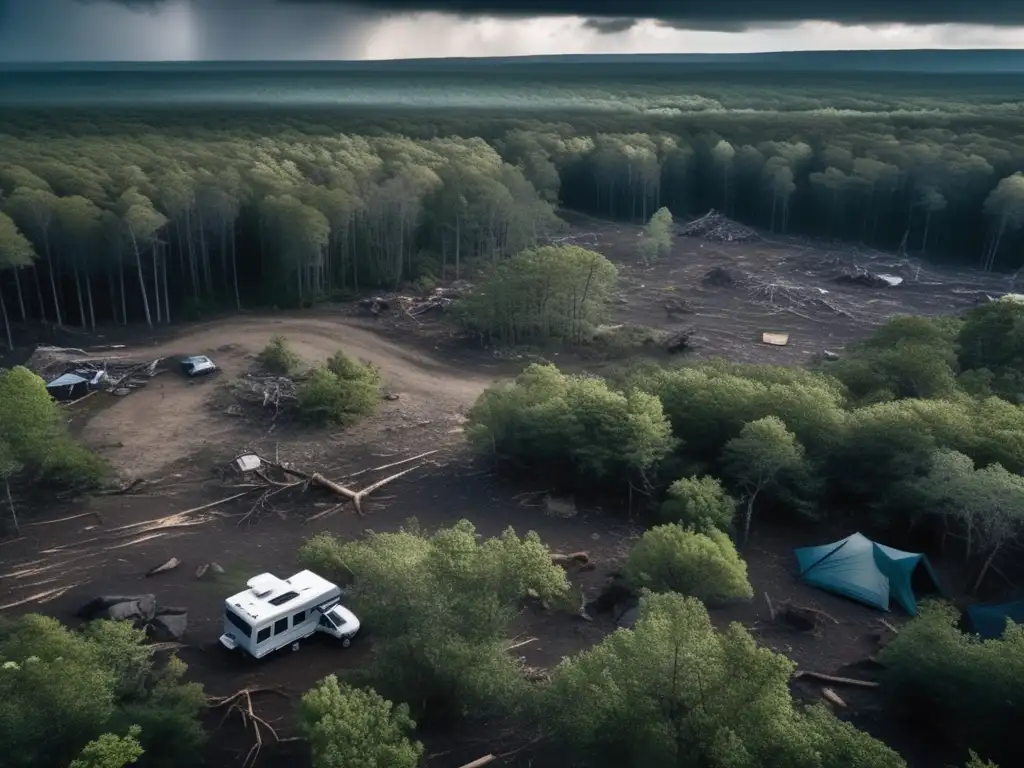
Assessing Damage
Once the hurricane has passed, assess your campsite's damage and surrounding areas before returning. Don't rush to go back to the campsite if local authorities have not yet given the all-clear. If there are power lines down or standing water, keep away and call for professional help.
Clean-Up
Once it's safe to return, begin cleaning up your campsite. Wear protective gear such as gloves and boots and be careful around fallen trees and debris. Additionally, dispose of any spoiled food and contaminated water.
Frequently Asked Questions

-
What should I do if I'm caught in a hurricane and unable to evacuate?
If you're unable to evacuate, stay put and find shelter. Move to the lowest level of a sturdy building or interior room away from windows and doors. Bring necessary supplies with you and stay informed about the storm's progress, using weather apps and NOAA radio.
-
Is it safe to camp during a hurricane?
It's not recommended to camp during a hurricane as it presents considerable risks. If you must camp, plan ahead and take the necessary precautions to ensure your safety and those around you.
-
What emergency supplies should I pack for camping during a hurricane?
Emergency supplies should include water, food, batteries, medical supplies, flashlights, and a first aid kit. Additionally, campers should have an evacuation plan in case of an emergency.
-
What should I do if my campsite is flooded after a hurricane?
If your campsite is flooded, do not attempt to cross the water as it may be contaminated or contain dangerous debris. Wait for professional help or assistance before attempting to leave the area.
-
What should I look out for when assessing damage after a hurricane?
When assessing damage after a hurricane, look out for power lines down or standing water and call for professional help. Additionally, be careful around fallen trees and debris, and dispose of any spoiled food and contaminated water.
Conclusion
While it's not recommended to camp during a hurricane, it's essential to understand how to prepare and stay safe if you find yourself in this situation. Remember to plan ahead, pack emergency supplies, secure your campsite, stay informed, and follow any evacuation orders issued by authorities. After the hurricane has passed, assess the damage, and take necessary precautions while cleaning up. Keep these safety tips in mind, stay vigilant, and prioritize your safety first.
Camping during a hurricane can be an adventure, but it's critical to prioritize safety and preparedness. For more information and resources on hurricanes, visit hurricaneinsider.org.
Additional Resources

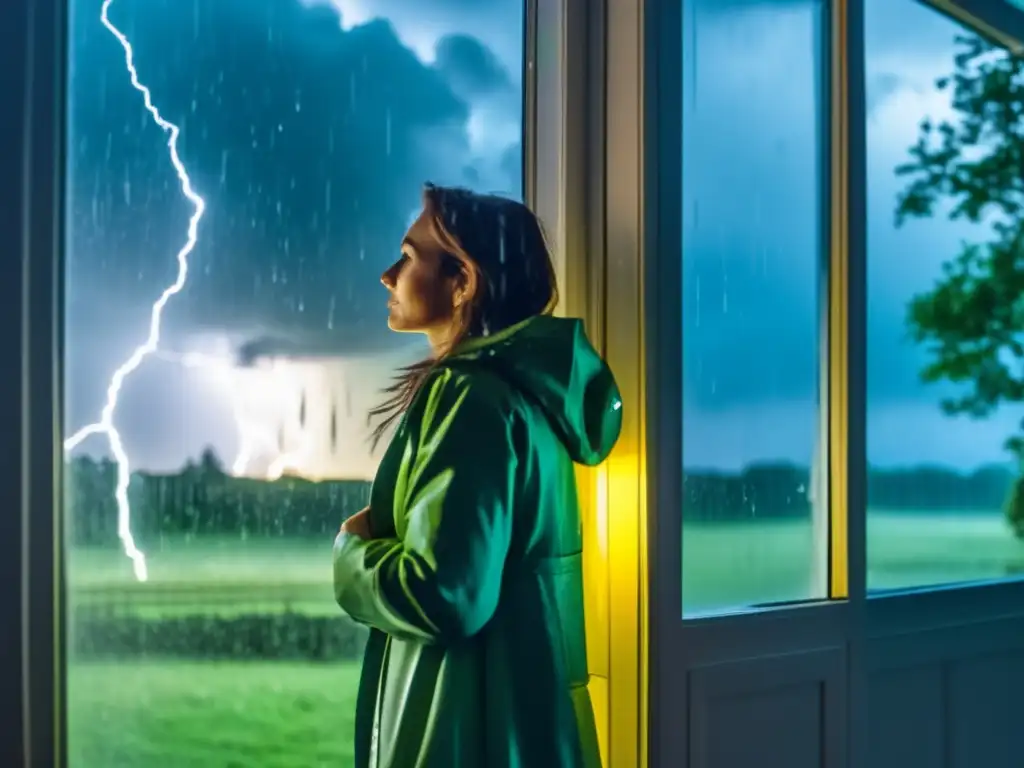 Setting The Scene: Creating A Comfortable Environment During A Hurricane
Setting The Scene: Creating A Comfortable Environment During A Hurricane Trees And Hurricanes: Understanding And Addressing The Risks
Trees And Hurricanes: Understanding And Addressing The Risks Dining In The Dark: Meal Ideas During Power Outages
Dining In The Dark: Meal Ideas During Power OutagesIf you want to discover more articles similar to The Great Outdoors: Camping Safety During A Hurricane, you can visit the During the hurricane: category.
Leave a Reply

Articulos relacionados: